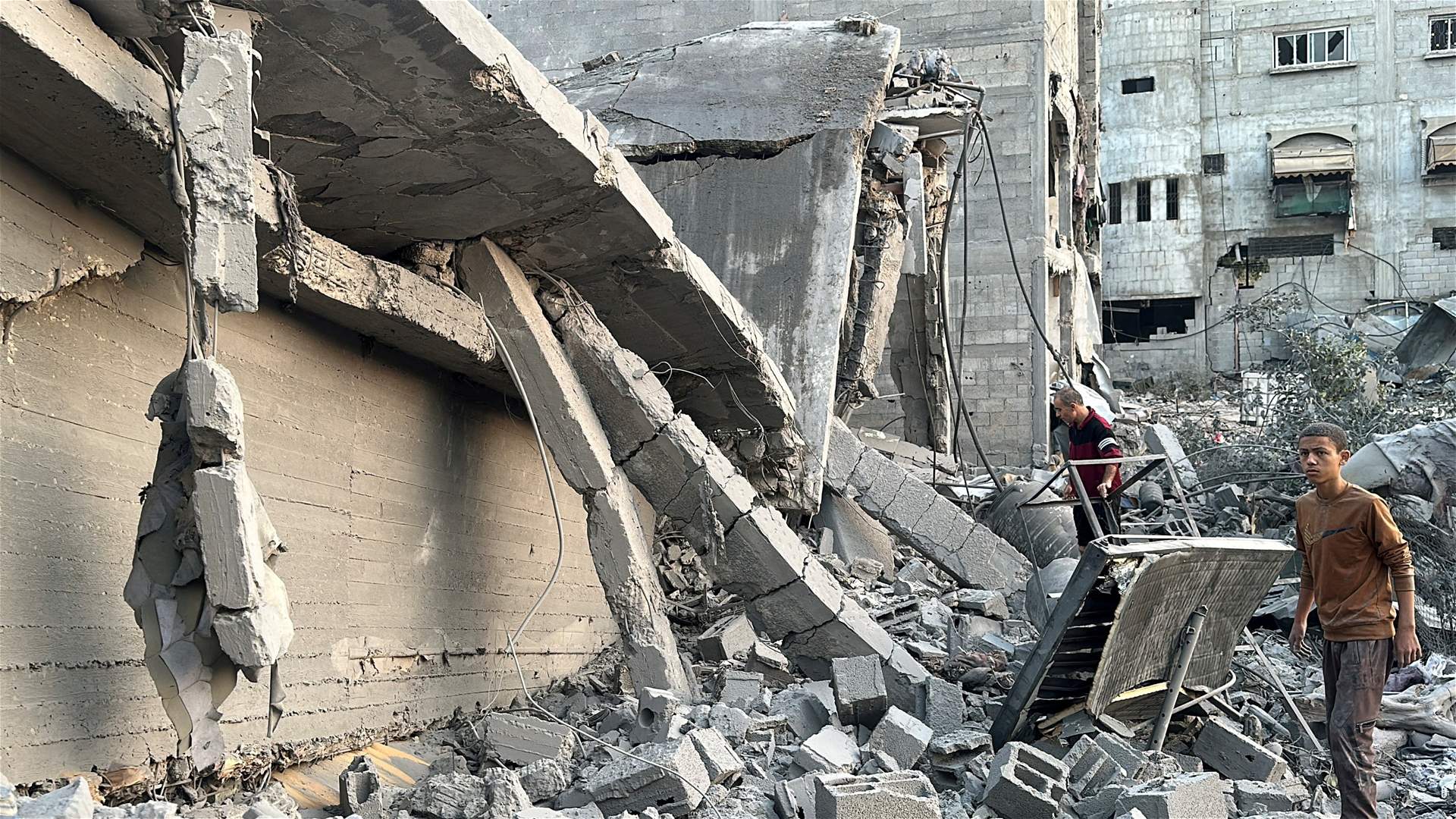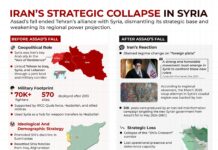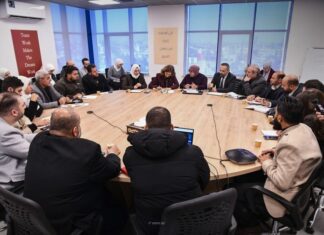
In one of the deadliest strikes of its kind, Israeli warplanes launched a devastating assault on Iranian-linked targets in and around the ancient city of Palmyra, killing at least 93 fighters from pro-Iranian militias, including high-ranking figures of the Iranian Revolutionary Guard Corps (IRGC) and Hezbollah. The strikes, reportedly aimed at disrupting Iran’s military supply chain between Iraq and Lebanon, have marked a significant escalation in Israel’s military campaign in Syria.
Wednesday’s raids targeted key militia strongholds, including a gathering of the Al-Nujaba Movement and Hezbollah fighters. The strikes obliterated sites in the industrial area and near the Zakir Rest House, strategically located along the international route connecting Syria to Iraq. Among the casualties were 36 Assad regime soldiers and militia members and 22 foreign nationals, primarily from Iraq and Lebanon.
The Syrian Observatory for Human Rights (SOHR) reported that high-ranking officers, including Major General Abdullah al-Zeir, were among the dead. This strike is considered one of Israel’s most destructive, both in terms of casualties and its geopolitical implications.
Hours after the airstrikes, a convoy of three vehicles carrying 11 senior IRGC leaders and Iranian militia commanders fled Syria through the Al-Qaim border crossing into Iraq. The departure, confirmed by military sources, signals a retreat by the IRGC leadership amidst intensified Israeli attacks. The leaders reportedly originated from strategic sites in Damascus, Homs, and Palmyra – areas repeatedly targeted by Israel in recent weeks.
The exodus of IRGC figures, unprecedented in scale, underscores the growing vulnerability of Iran’s military apparatus in Syria, as Israel accelerates its efforts to dismantle Iranian infrastructure near its borders.
Analysts suggest that Israel’s recent escalation in Syria aims to completely uproot supply lines and ties connecting Iranian-backed forces in Iraq, Syria, and Lebanon. Since the outbreak of the Gaza war in October 2023, Israel has intensified airstrikes across the region, targeting Iranian-linked assets and Hezbollah positions in Syria.
Ahmad Zaidan, a Syrian analyst, commented: “These are the most violent Zionist raids on Palmyra to date. They aim to sever the supply route of sectarian gangs between Iraq and Lebanon, forcing their leadership into retreat.”
The raid left over 50 injured, according to Assad’s Ministry of Defense, and triggered condemnation from Iran and its allies. Russian Foreign Ministry spokesperson Maria Zakharova denounced the strikes as “a violation of Syria’s sovereignty” and warned of “further destabilization in the region.”
Meanwhile, pro-regime communities mourned the deaths of soldiers and officers, many hailing from Homs and other loyalist regions. The airstrikes have deepened sectarian tensions, as most of the casualties were reportedly from Shiite-majority areas or Iran-backed militias.
With more strikes anticipated, the retreat of IRGC leaders raises questions about Iran’s long-term strategy in Syria. For now, the Israeli operation in Palmyra has dealt a critical blow to Iran’s ambitions in the region, leaving its proxies on the defensive.








